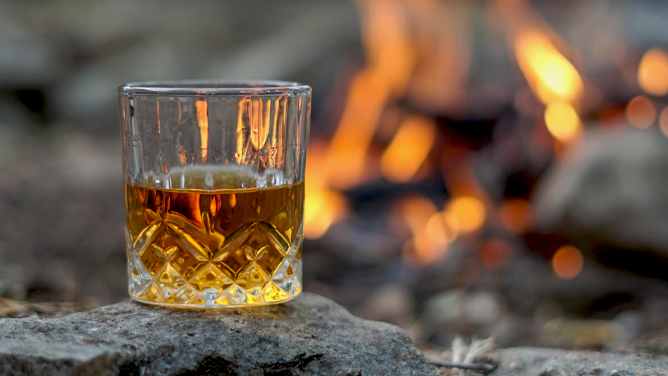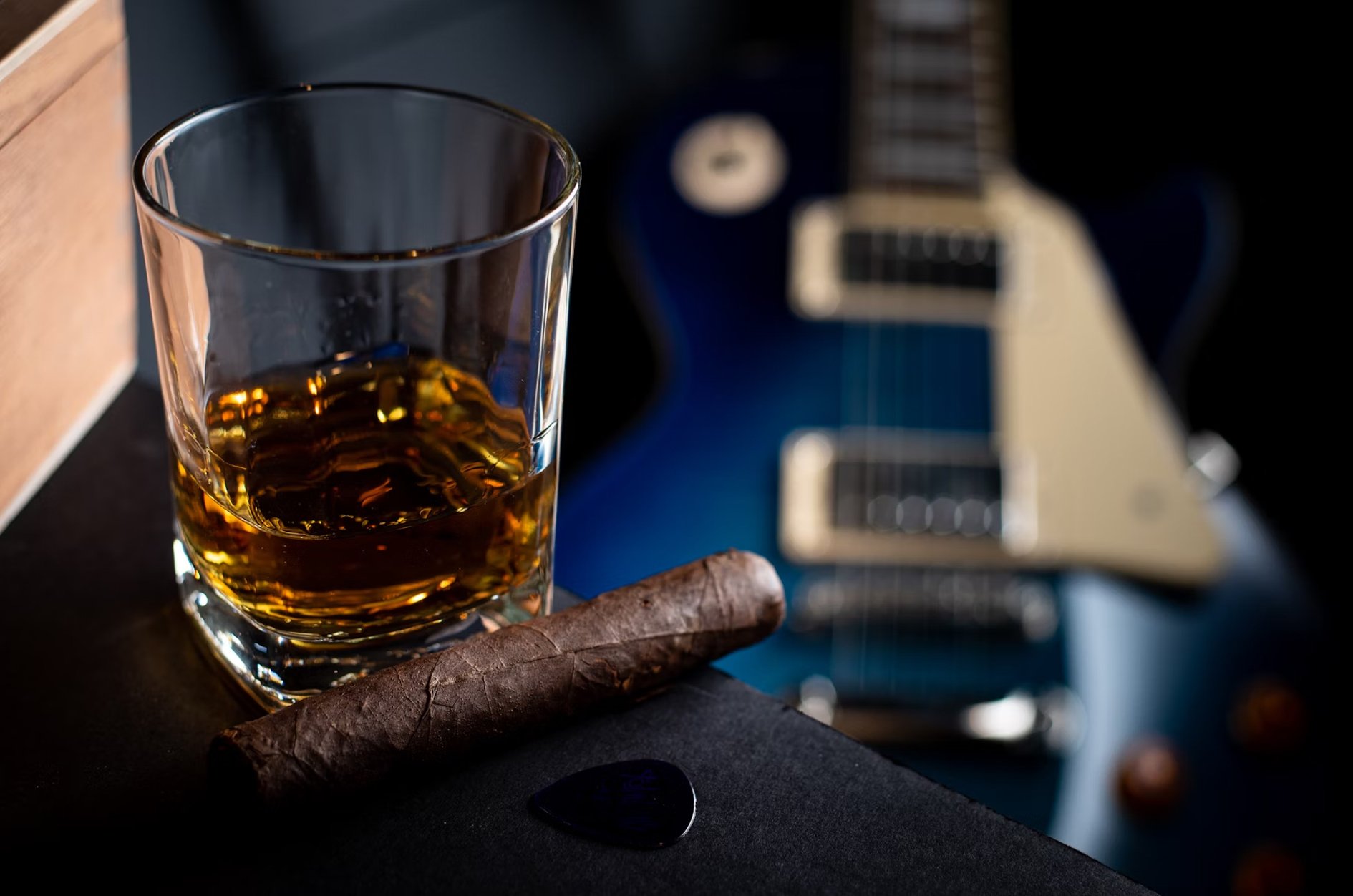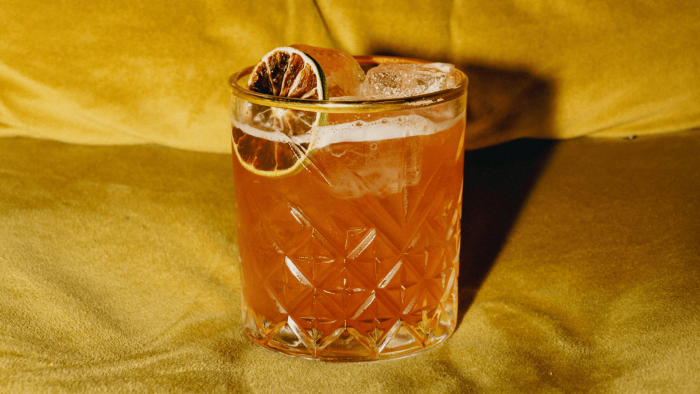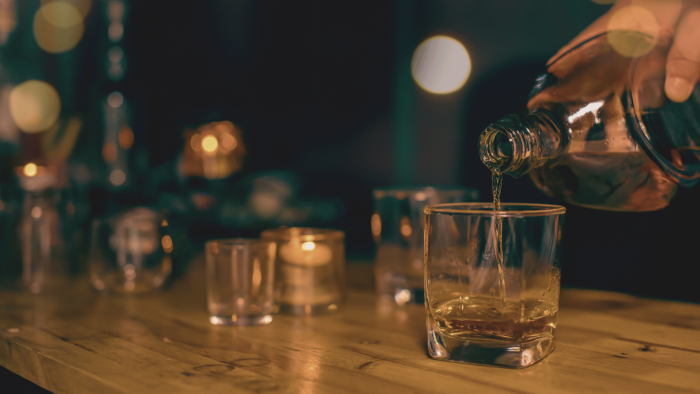Bourbon is referred to often as America’s “native spirit”. While historians will let you know that rye whiskey has a longer history in the US, bourbon is arguably its most well-known spirit. This mellow, sweet, corn-based whiskey has been a favorite since its creation in the 1700s.
Some people believe that a former Baptist minister named Elijah Craig (who now has a whiskey line made in his honor) created the first bourbon when he decided to age his corn whiskey in charred oak barrels. Regardless of who first created bourbon, there’s no dispute about its continued popularity to this day.
For those unaware, to be considered a bourbon, the whiskey must be made from a mash bill of at least 51% corn (although the percentage is usually much higher). The rest of the ingredients are up to the distiller. Wheat, rye, and barley are often used as secondary grains to add depth to the whiskey.
There are many other rules and regulations governing bourbon. It must be matured in charred oak barrels, distilled to a maximum of 160-proof, barreled at a maximum of 125-proof, and bottled at a minimum of 80-proof.
Bourbon must also be distilled, aged, and bottled in the United States. Although, it doesn’t need to be made in Kentucky regardless of what your whiskey-aficionado friend might make you believe. Bourbon is made from coast to coast from St. Augustine to Seattle. That being said, 95% of all bourbon is made in the Blue Grass State.
Now that you know a little about what makes a bourbon, it’s time to take a deep dive into the corn-based whiskey. Keep scrolling to learn everything you ever wanted to know about bourbon terms.

bourbon image
Proof
If you’re an alcohol drinker (especially a beer drinker), you’ve probably heard of alcohol by volume (or ABV). This is the percentage of alcohol in the spirit, beer, or wine. When looking at bottles of whiskey (and other spirits), you might see the term ‘proof’ with a number before it. In the US, proof is simply two times the ABV. So, 80-proof is 40% ABV.
Straight
While there’s no specific amount of time a bourbon must be aged, to be referred to as a ‘straight” bourbon whiskey, it must be matured in new, charred oak barrels for a minimum of two full years. If the bourbon is only two years old, it can be labeled as a straight whiskey, but it can’t have an age statement unless it spends a minimum of four years aging.
Mash Bill
The mash bill is the recipe of the ingredients used to make the whiskey. It’s a mixture of water, yeast, and grains. When it comes to bourbon, the first grain (and at least 51%) is always corn. The rest can be barley, wheat, rye, and other grains depending on the recipe. Creating the mash bill is the most important part (even more than the aging process) of the whiskey-making process.
Age Statement
The age statement is exactly what it seems like it would be. The age statement is a designation on the label about the number of years the bourbon has been aged in new, charred oak barrels. If the whiskey is less than four years old, it will have no age statement. Also, whiskey distillers don’t have to add an age statement. There are many well-known bourbons without age statements.
Small Batch
First started in the 1980s (when Jim Beam launched Booker’s), small batch is one of the most confusing terms in the whiskey world. It’s used by distilleries to designate a specific type of whiskey that’s produced in limited amounts. While there’s no set legal definition, some distilleries use the term when the whiskey is made up of around 10 barrels. Others use it when their whiskey is a batch of 100 barrels. Others believe that 1,000 barrels is an acceptable number to be referred to as small batch. Just know that even though the number of barrels varies dramatically, the whiskey will be at the very least more limited than a distillery’s non-small batch expressions.
Single Barrel
Single barrel is another fairly self-explanatory term. To get this designation, the expression comes from only one barrel instead of being a marriage of multiple barrels. This premium whiskey style often has a label that explains the number of the specific barrel and possibly even when the whiskey was bottled.
Non-chill filtered
If you enjoy Booker’s or many other whiskeys, you’ll see that it’s listed as being uncut and non-chill filtered. While uncut means that there’s no water used to proof it down after aging, non-chill filtered means that the bourbon wasn’t cooled to a low temperature and then filtered. While distillers will tell you that this process removes impurities, whiskey purists will note that it also removes some positive aromas and flavors.
Bottled-In-Bond
If you take a stroll through your local liquor store and look at the various whiskey labels, you’ll likely stumble across the words “bottle-in-bond” and you might not know what that means. To get this designation it has to follow very specific legal requirements. To be considered a bottled-in-bond whiskey, the spirit must be distilled at a single distillery in a single distilling season. It also must be matured for at least four years in a federally bonded warehouse and be bottled at exactly 100-proof (50% ABV).
Cask Strength
You might see the terms ‘cask strength’, ‘barrel proof’, or ‘barrel strength’ and not know what they mean. While many whiskeys are proofed down by adding water after the maturation process, cask-strength whiskey is added to the bottle without any proofing. They keep the alcohol level they had when the whiskey finished aging without a hint of dilution. This means the whiskey will have a fairly high alcohol content. It will likely be between 100-150 proof. Cask strength whiskeys are bigger, bolder, and have nuanced, complex flavors. You’ll likely drink them neat or with a splash or two of water to open them up.
Bunghole
If you have a sophomoric sense of humor, you might giggle when you see the term ‘bunghole’. It might just sound silly or it might conjure up images of ‘Beavis and Butthead’. Regardless, it’s a real term in the whiskey world. In the simplest terms, a bunghole is a hole that’s drilled into the whiskey barrel. It’s used to fill, empty, and sample the whiskey (with a whiskey thief) to see if it’s ready to be bottled. After it’s drilled and the cask is filled with whiskey, the bunghole is sealed with a cork to remain airtight while the whiskey ages for years and decades.
Angel’s Share
The angel’s share is one of the sneakiest things in the whiskey world. It’s a term used to describe the percentage of the whiskey that evaporates from the barrel during the maturation process. If you’re going to age your bourbon in charred barrels to get all of the specific aromas and flavors that it imparts, it is just part of the process. It’s inevitable. That’s why it’s referred to as the “angel’s share’ because it’s believed the evaporated whiskey has been enjoyed by the angels themselves. The amount of angel’s share depends on the size of the barrel, how long it’s aged, and a variety of other factors.




